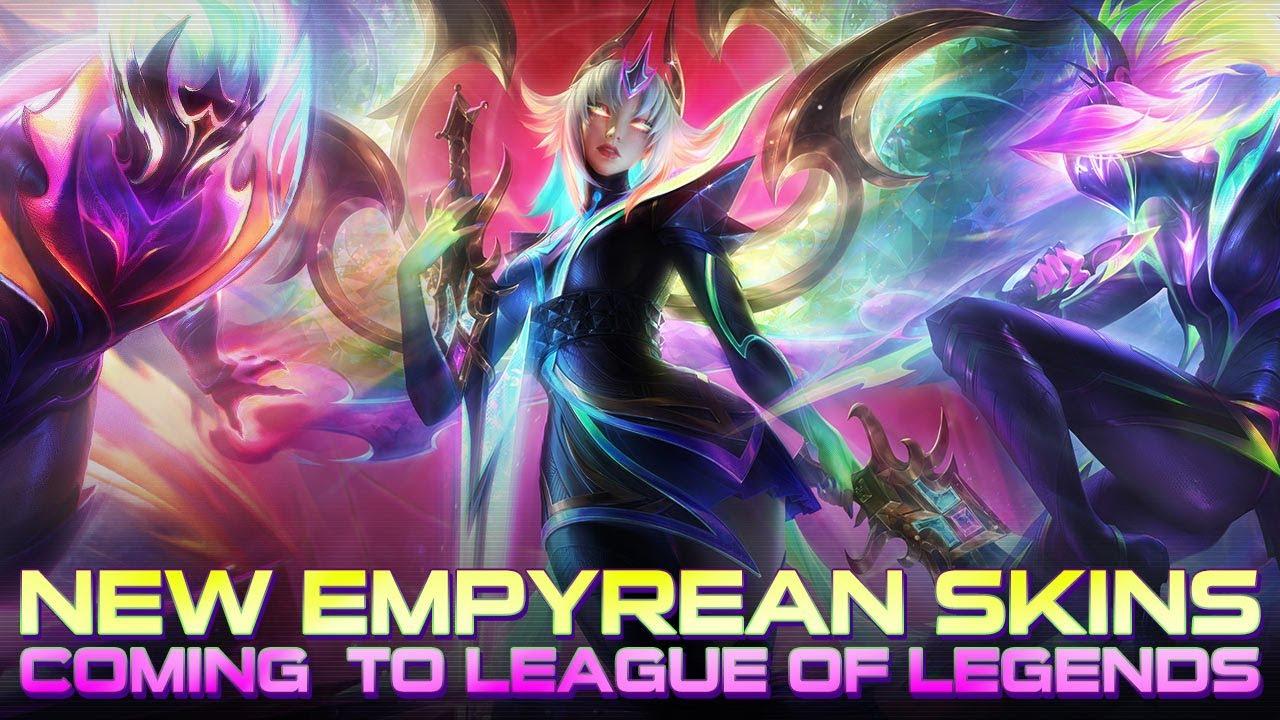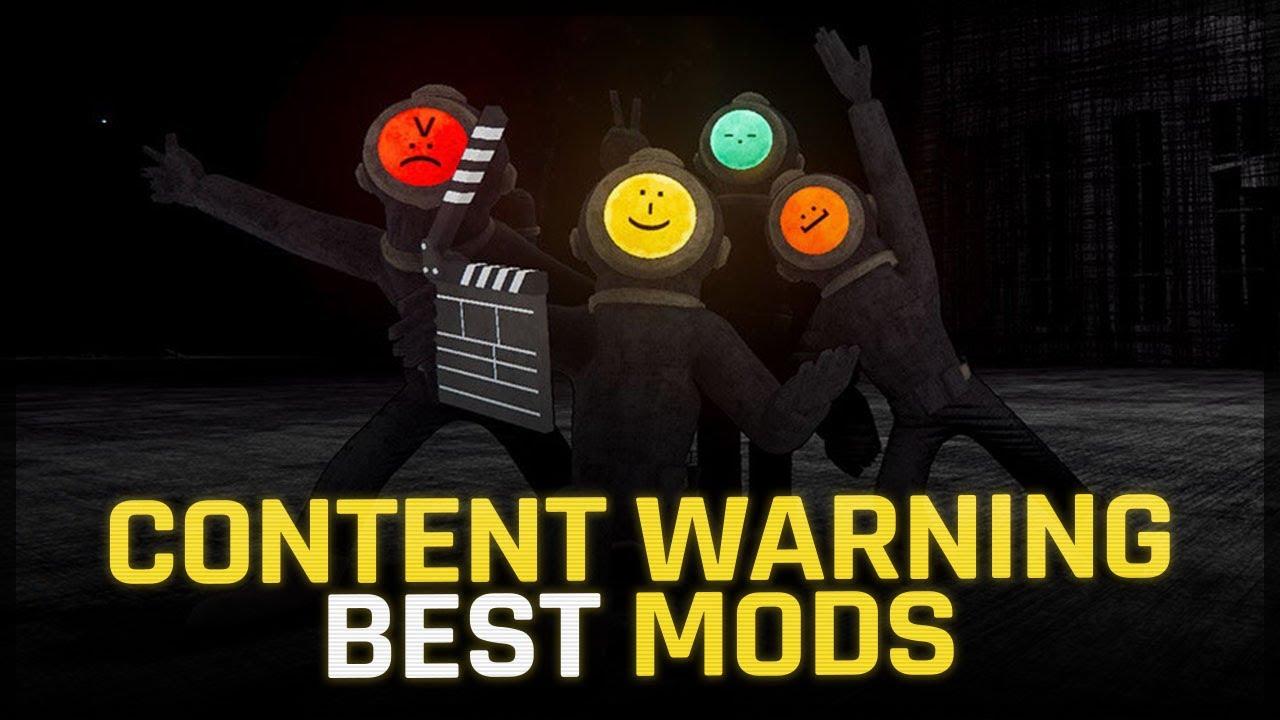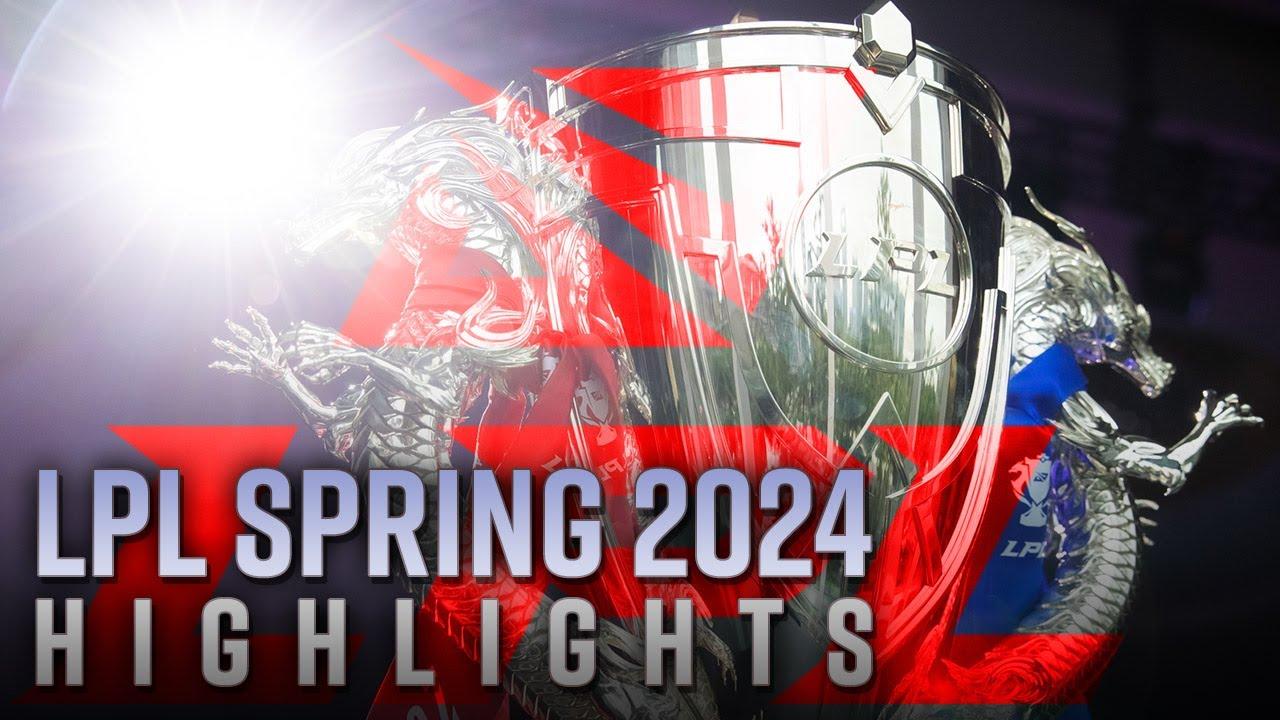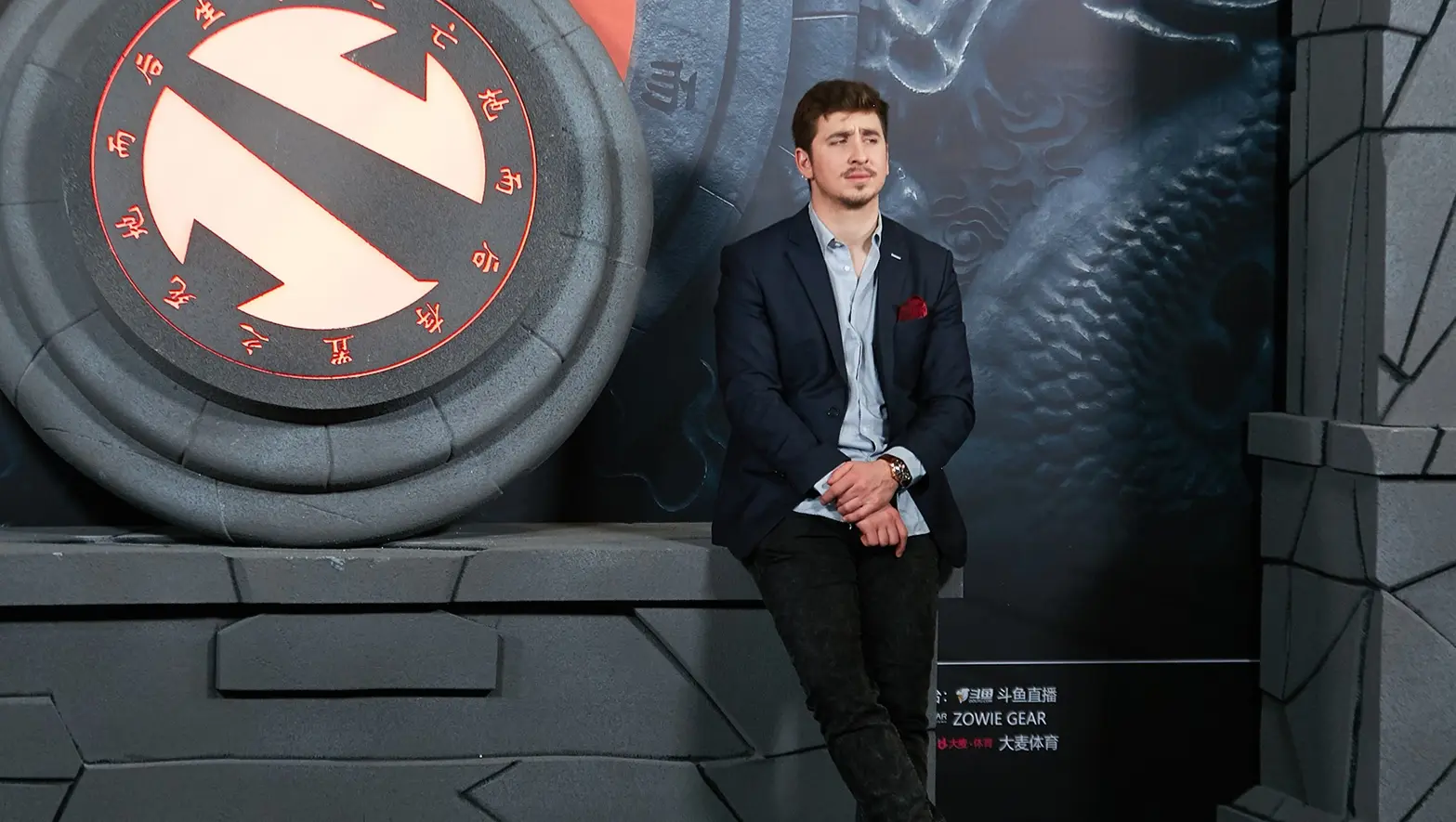
Valve is killing pro Dota 2, according to former pro Kyle
Whether intentionally or not, Valve has completed a power grab that is choking the life out of the Dota 2 pro scene.
That’s the thrust of the latest article penned by Dota 2 pro player turned caster Kyle Freedman. The former Complexity Gaming captain analyzed the overall state of the Dota 2 pro scene from a variety of angles including those of the players, organizations, and tournament organizers involved.
At each level, Valve’s disinterest in maintaining previously established monetization options for stakeholders and an unwillingness to create new ones has made the Dota 2 pro scene untenable. Combined with Valve’s lack of stewardship in and around the game, the entire pro scene is struggling to stay afloat.
Is The International bad for Dota 2?
The crux of Kyle’s discussion lies with Valve’s increased consolidation of control across the Dota 2 pro scene through the disproportionate importance of The International. Esports is functionally a marketing tool for video game publishers, and Valve feels that the best return on investment comes in the form of having The International boast the largest prize pool in all of esports.
Valve has taken steps to ensure this remains the case, with the best example being a redistribution of The International 2019’s prize pool. Kyle cites how the first-place prize was proportionally larger than in years past, which made it so the payouts for each member of the winning team was larger than the $3 million top prize for Fortnite World Cup’s solo champion, Kyle “Bugha” Giersdorf.
This offers a degree of intrigue to The International for people outside of Dota 2, but it comes at the expense of those within.
Pro players are financially incentivized to have the singular goal of making it to The International, because the event accounts for up to 70% of the total prize pool winnings for each calendar year. This has negative effects on the overall pro scene in a way that ends up being a real problem.
Making matters worse is that even though there is some interest in The International outside the Dota 2 scene, it’s typically short-lived and doesn’t actually attract people in a lasting way. As Kyle notes, Fortnite World Cup winner Kyle “Bugha” Giersdorf did a media tour after winning that event while the two-time TI winners at OG waren’t even invited to the same shows. Success outside The International is almost completely dismissed, as seen with Team Secret’s historic level of dominance in 2020 that has largely gone unnoticed outside of Dota 2, even within the esports world.
Top Dota 2 players don’t bother with most tournaments
Because The International is so important in Dota 2, each action taken by players is essentially viewed through the lens of how it impacts their chances of qualifying for the event. If something improves their chances of going to TI, they go all-in. If it doesn’t, they likely won’t bother at all.
This has been a blight for tournament organizers.
In order to qualify for The International, teams need to perform well in Dota Pro Circuit major and minor tournaments. As for other tournaments? If they don’t have bearing on qualifying for The International, top teams often aren’t interested.
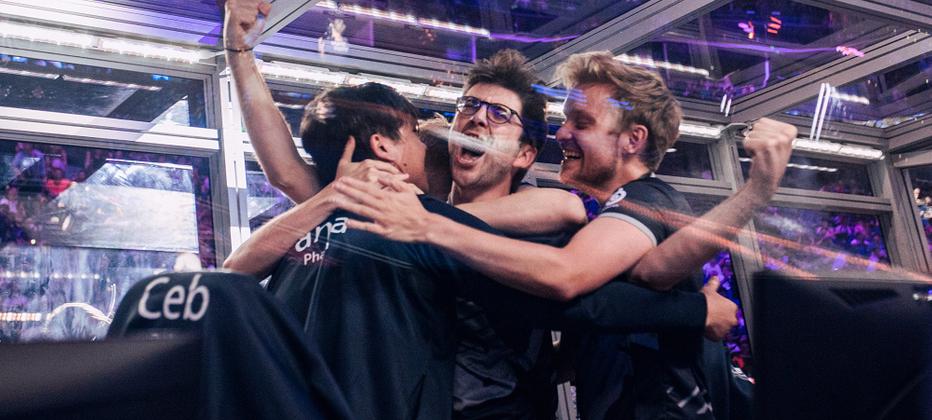
As Kyle points out, the two-time TI-winning lineup of OG has only played 127 matches together. 73 of them have taken place either at The International or in the qualifiers for The International. Other popular teams, such as Evil Geniuses and PSG.LGD, competed very sparingly outside Dota Pro Circuit majors.
Once teams figured out that it only took one strong performance at a major to qualify for The International, some even started regularly skipping major competitions. All four of the top teams from TI9 skipped out on the first major of the 2019-2020 DPC season.
The inability to reliably count on the participation of the best and most popular teams and players has had an obvious negative impact on tournament viewership, which gives less incentive for tournament organizers to even bother with Dota 2. This was compounded by the removal of some monetization options that had previously been made available to tournament organizers.
For a few years, tournament organizers were able to create their own compendiums and skins for tournaments, as well as tickets to watch the event in-game through the Dota 2 client. While this was an important tool for monetizing Dota 2 events, the feature was removed without explanation in 2016. The prevailing theory for why this happened is that it was a move by Valve to consolidate the cash that would have gone into other Dota 2 esports events into The International. Valve was willing to take from smaller events in order to ensure that The International would always be big.
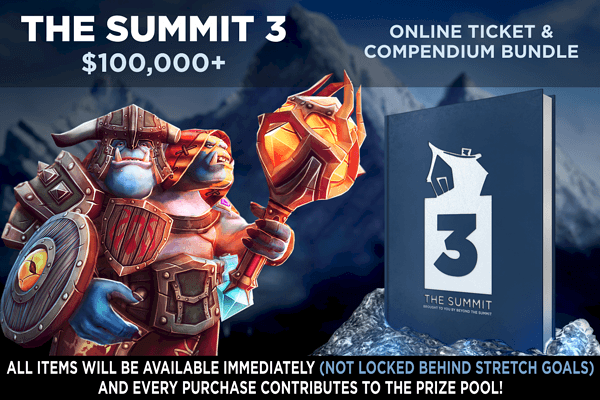
Dota 2 organizations hardest hit by The International
Though Dota 2 is a popular game, competing teams have a relatively small degree of relevance in the greater scheme of esports. Players are not incentivized to stream, create content, or do interviews in a way teams can capitalize on. Alongside this, Dota 2’s open format does not require players to be attached to a specific team in the same way as titles with franchised leagues such as Overwatch and League of Legends.
This has led to many prominent esports organizations stepping away from Dota 2, including Complexity, Immortals, and Dignitas. The list of top organizations that haven’t even gotten into Dota 2 due to these and other barriers for entry is a long one.
At one point, there were other ways for organizations to monetize their presence in Dota 2. In 2012, players could buy pennants of their favorite teams that appeared as banners in the lanes on the map and offered a chance at exclusive rewards. Teams made a cut of these sales, but the system was later dropped without explanation.
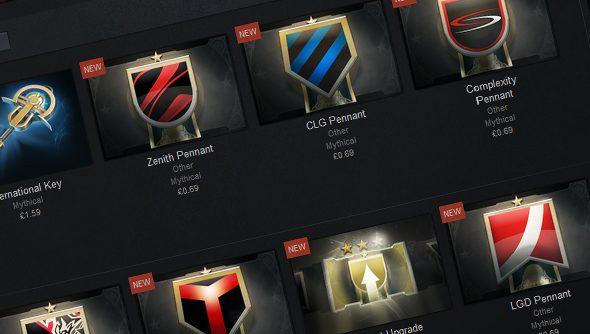
No other monetization option has existed in Dota 2 for competing organizations. Outside of China, the lack of proper leagues in Dota 2 prevents any sort of revenue sharing that teams can count on. There are no cosmetic items like Counter-Strike’s stickers or Overwatch’s OWL team skins that let fans flaunt their allegiances. Very few pro players attached to notable organizations maintain a social media presence that can be leveraged to sponsors.
Skimming off the top of teams’ prize winnings is an option, but consistently successful teams have been rejecting most organizations for years. Team Secret took this approach in 2014 and OG followed suit a year after. Even Team Liquid, one of the biggest organizations in the world, saw its Dota 2 team walk away from salaries and resources to go independent and form Team Nigma.
While this system benefits a handful of top players such as Johan “N0tail” Sundstein and Kuro “KuroKy” Salehi Takhasomi, it comes at a serious expense for everyone outside the very top of the competitive scene. Tier-two orgs such as Team Singularity, Chaos Esports Club, and Geek Fam that had maintained a presence in Dota 2 left en masse in 2020. This robs developing talent of the financial stability and technical infrastructure needed to climb the ladder.
This has resulted in a host of potentially elite Dota 2 talents never getting discovered, and left some successful Dota 2 teams living at or below poverty wages.
How Kyle would fix Dota 2 at TI10 and beyond
“You wanted the whole pie. You’ve got it. Now please, put it in the fucking oven or let someone else bake.”
That was Kyle’s message to Valve, with his article wrapping up with a possible solution.
First, Kyle suggests capping The International prize pool at $25 million, with anything beyond that going into leagues and other events. This would still allow TI to be an enormous event, but would make the rest of the season more worthwhile for top teams.
Second is for Valve to relinquish its control of the pro scene, or to start making an honest effort in maintaining it. Dota 2 is a rudderless ship at the moment and while Valve does keep it afloat, it’s not heading in a positive direction.
Kyle closes by calling for Valve to either take command and make an effort to expand the Dota 2 pro scene, or step aside and let someone else do so.
The International 10 Battle Pass generated over $160 million in revenue, with $40 million of that set to go into the TI10 prize pool. Valve has plenty of cash to work with. The only question is whether they’re willing to spend it in more than one place.
Recommended
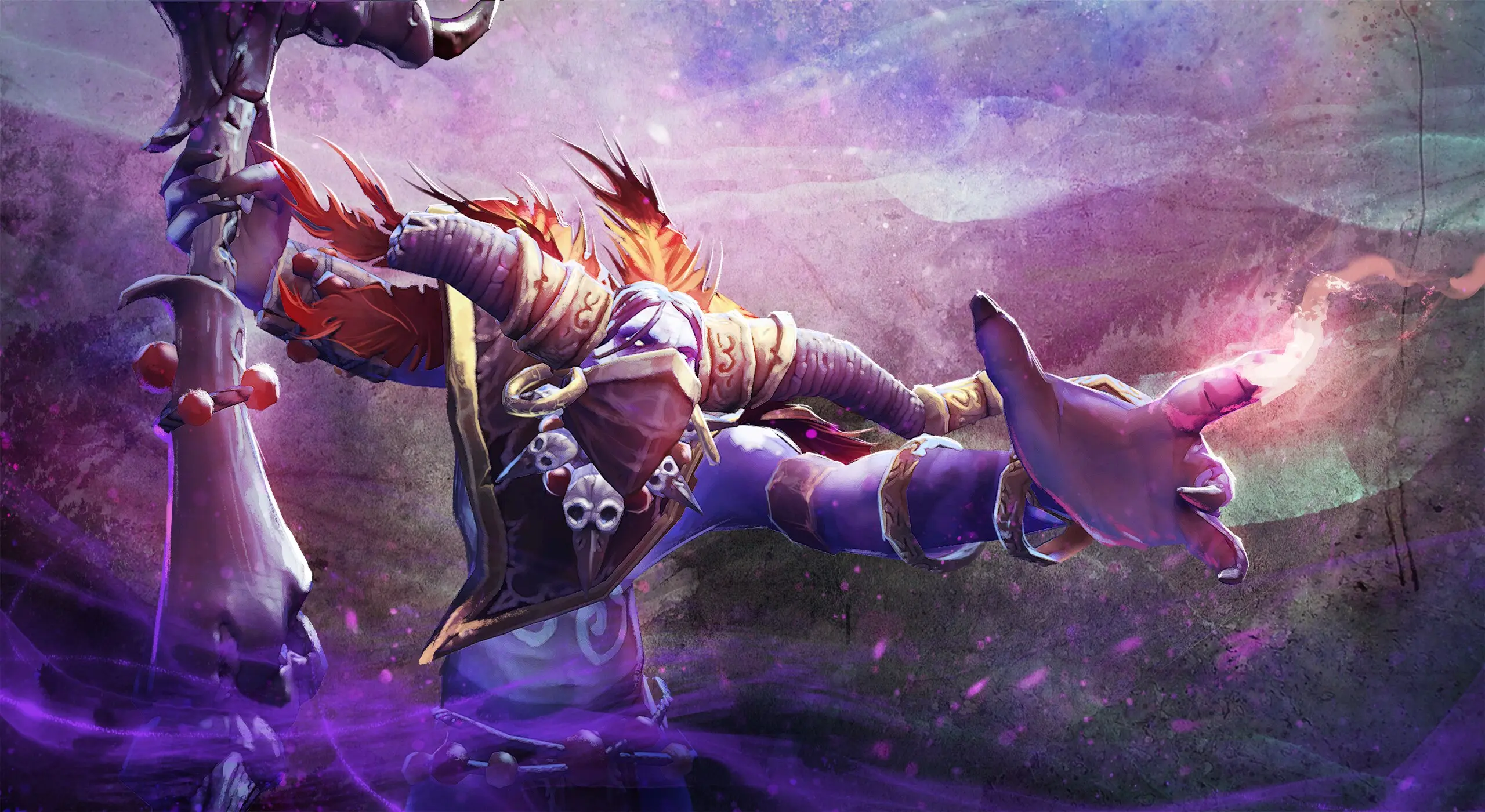
How to play Witch Doctor, the best hero in Dota 2 7.34
The Doctor is in.
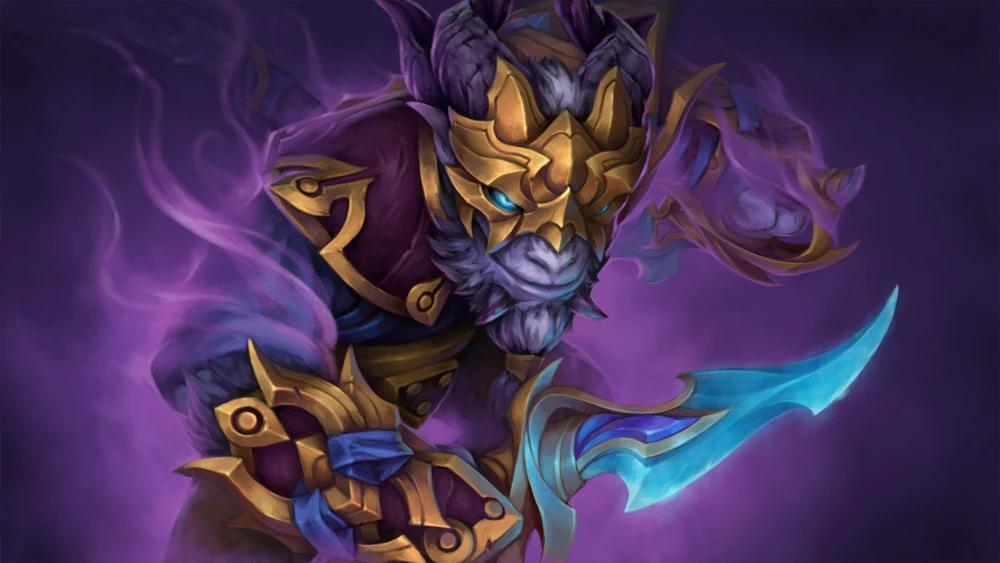
The new best heroes of Dota 2 7.34
Start queueing up sentries and Spirit Vessels.
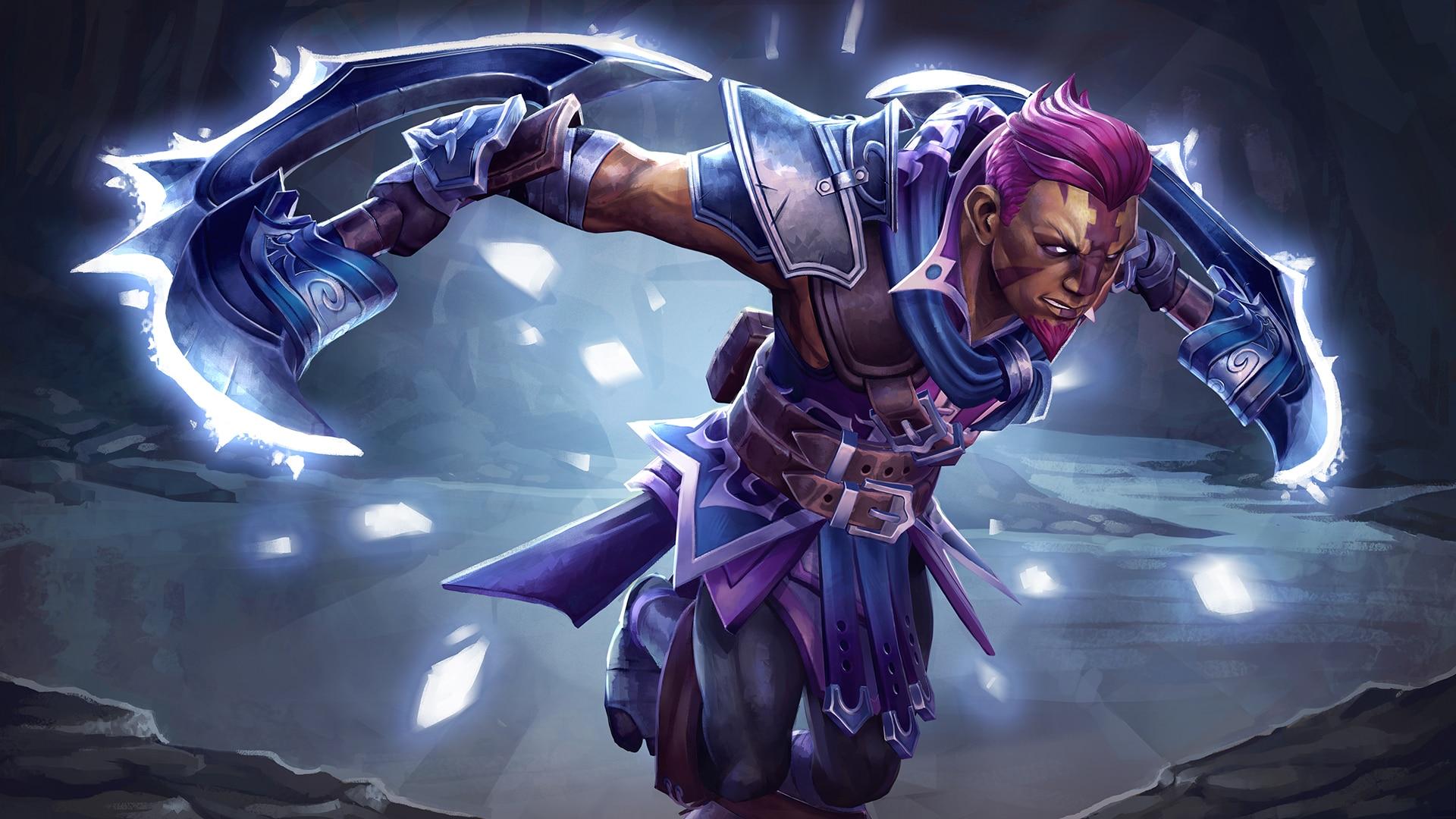
Dota 2 finally has a punishment for breaking items
If you want to BM, it’ll cost you.


